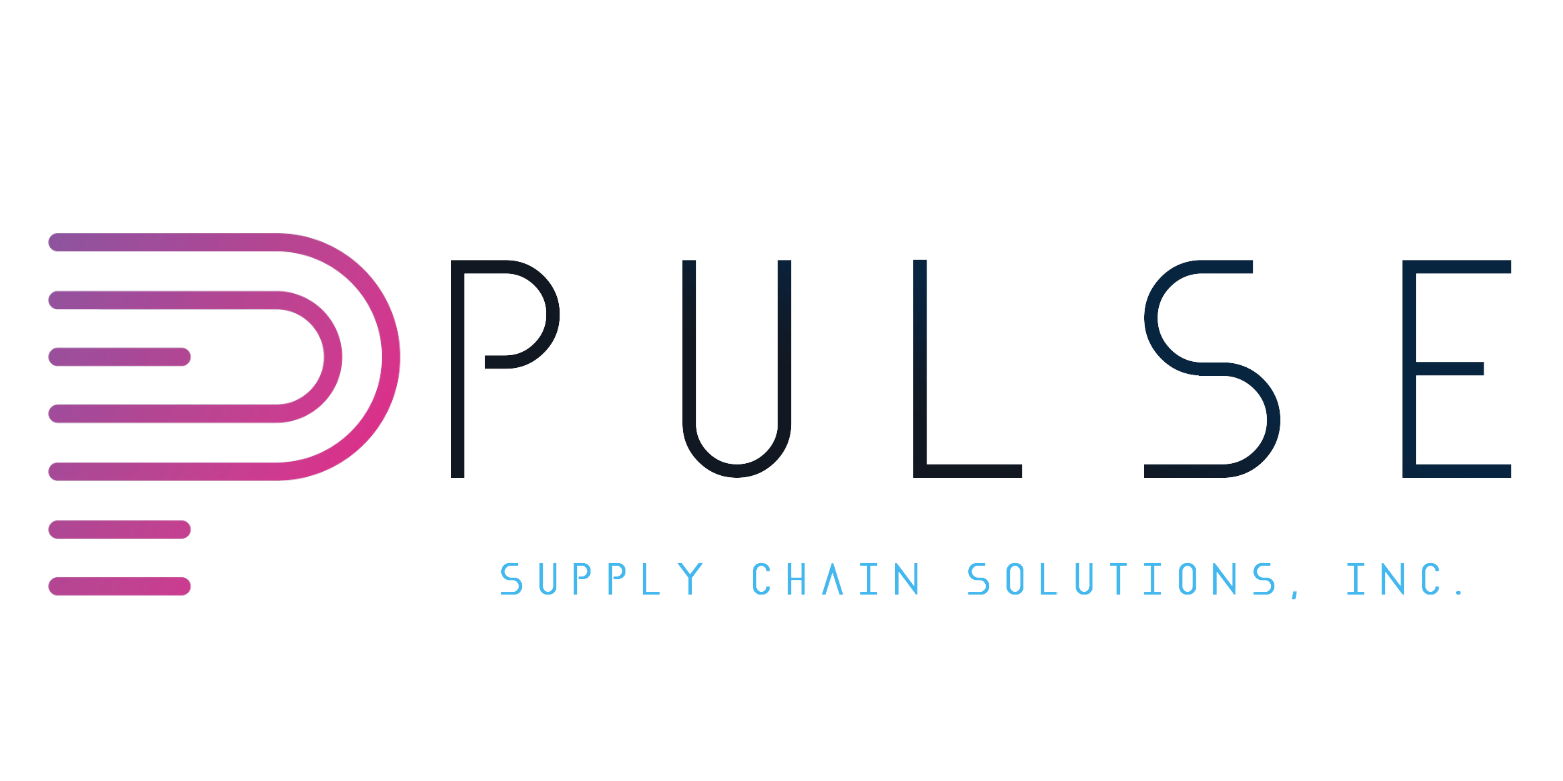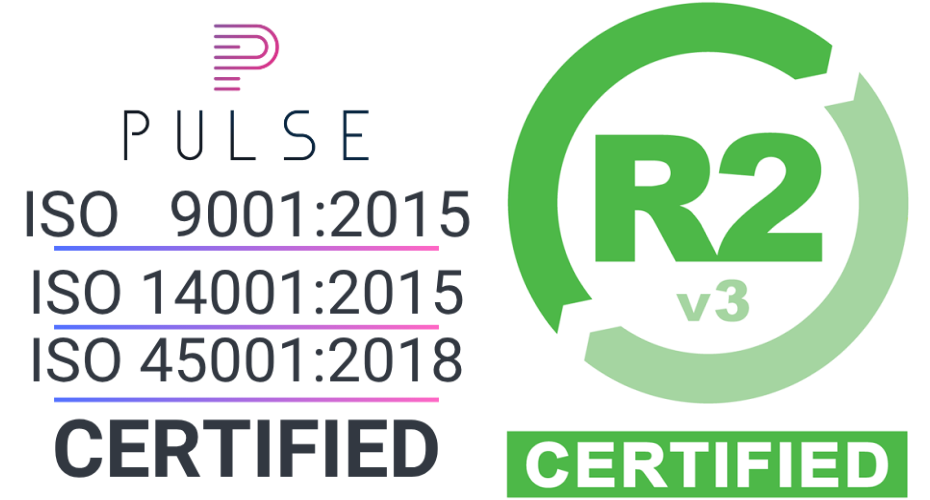If you’re new to supply chain management, you may have heard of reverse logistics but have been unsure what it means. That’s why Pulse Supply Chain Solutions is here to help. We can help you understand what reverse logistics means, the different types, and reverse logistics strategies.

Reverse Logistics Explained
Reverse logistics is a type of supply chain management that moves goods from customers back to sellers or manufacturers. For example, once a customer receives a product, processes such as returns or recycling require reverse logistics. This type of supply chain management begins at the end customer and works its way backward. In this instance, the end of the supply chain would be the distributor or the original manufacturer.
Reverse vs. Traditional Logistics
The traditional logistics of supply chain management begins with the supplier and moves to the factory or distributor. Next, the products move to the retailers and customers. Therefore, reverse logistics work the opposite, as we described earlier in this post. Nevertheless, well-designed supply chains can handle changes and some reverse logistics requirements.
When is Reverse Logistics Used?
As mentioned earlier, reverse logistics are used when goods move from their final destination from the traditional logistics process back to the seller and potentially the supplier. The end goal of reverse logistics is to regain the product’s value or dispose of it. Worldwide, returns are worth around a trillion dollars annually and have become more familiar with the growing e-commerce environment.
Standard Process of Reverse Logistics
- Process the Return: This step involves return authorization, analyzing the product’s condition, scheduling return shipments, processing refunds, and replacing faulty goods.
- Sort the Returned Products – After the above step, you must sort the products into their correct return category. This can include categories such as fix, resell as new, return, recycle, scrap, or refurbish.
- Repair the Items if Applicable – If you’ve identified some products that need to be repaired, you should keep those products moving and send them to the repair department as soon as possible to decrease waste.
- Recycle – To reduce waste in other ways, you should send any pieces or parts that can’t be reused or resold to a recycling department.
This is a simple breakdown of reverse logistics. However, should you want to know more about this process and how Pulse Supply Chain Solutions runs our operations, please contact us! We’d love to discuss reverse logistics with you more and help where help is needed. Don’t hesitate to reach out with questions.


